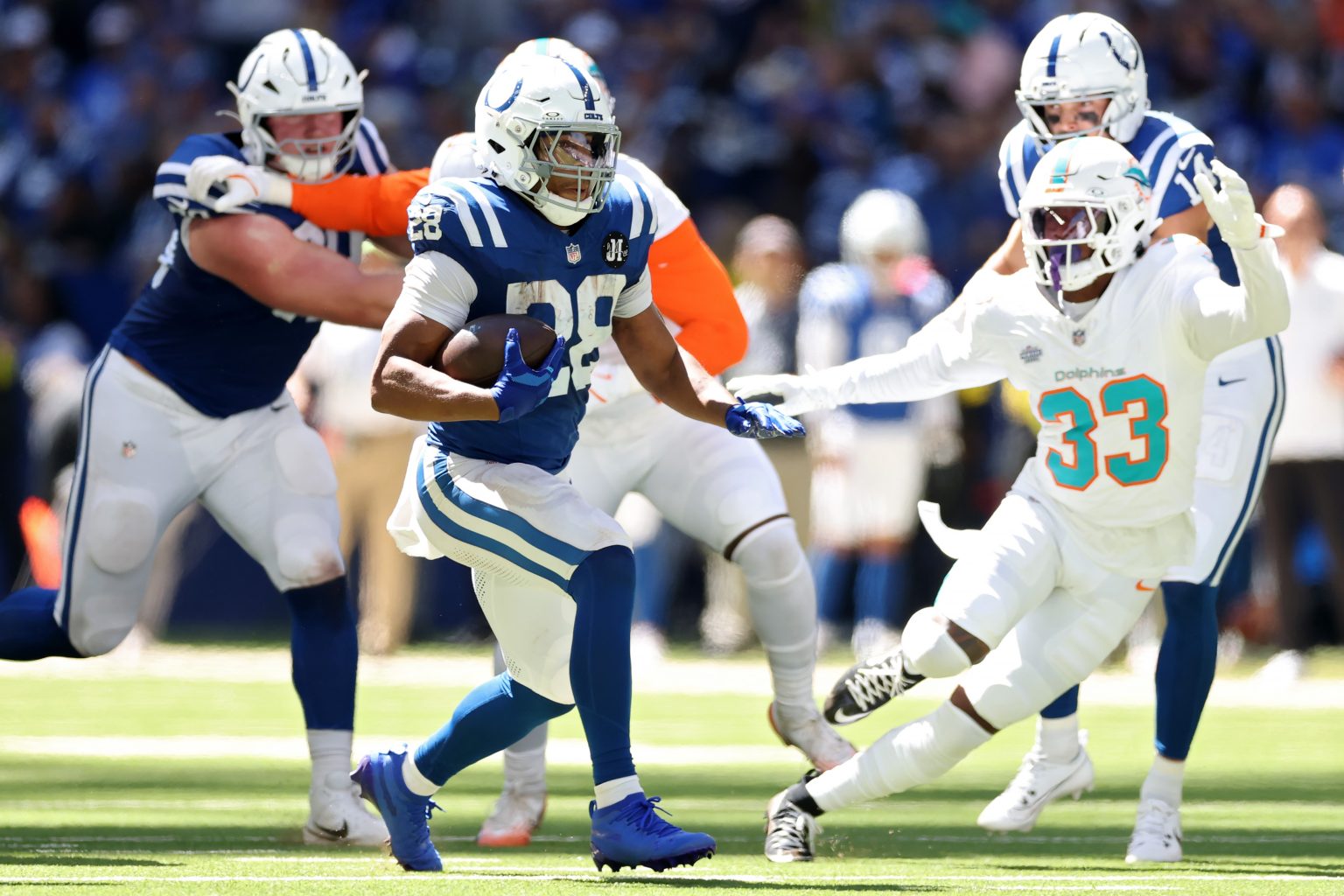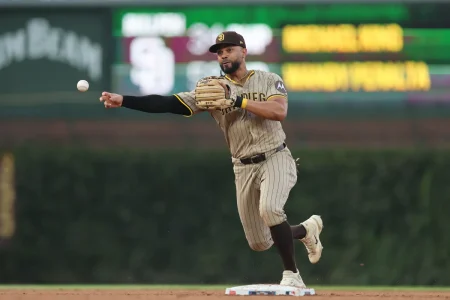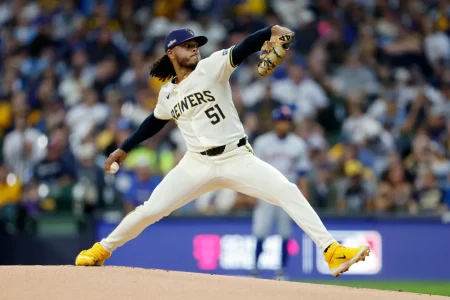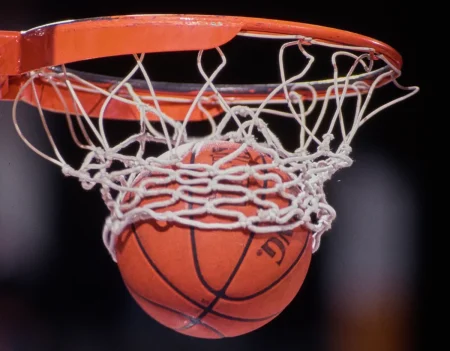Dolphins Rookie Jason Marshall Jr. Sidelined with Hamstring Injury During Bills Matchup
In a concerning development for the Miami Dolphins, rookie cornerback Jason Marshall Jr. has been forced to exit the field during their crucial matchup against division rivals Buffalo Bills. The promising young defender appeared to suffer a significant hamstring injury following a tackle attempt, marking a potentially serious setback for both the player and the team’s defensive plans.
Marshall, who has been steadily earning his place in the Dolphins’ defensive rotation since being drafted, showed immediate signs of distress after the play concluded. The severity of the injury became apparent as he remained on the ground for several minutes, visibly frustrated and in considerable pain, even punching the turf in anguish. The sight was particularly troubling for Dolphins fans who have watched the rookie’s development with anticipation since training camp. When Marshall finally managed to get to his feet, his discomfort was evident as he moved gingerly toward the sideline, requiring assistance from the team’s medical staff who quickly converged to assess his condition.
The injury came at a particularly unfortunate time, as Marshall had been gradually increasing his defensive snaps and showing promising signs of adaptation to the professional level. Before being drafted by Miami, Marshall had built a reputation as a physical cornerback with excellent coverage skills during his collegiate career. His transition to the NFL had shown flashes of that same potential, with coaches recently praising his progress in practice sessions and limited game action. The Dolphins’ defensive strategy against the high-powered Bills offense likely included specific roles for Marshall in certain coverage packages, plans that required immediate adjustment following his departure to the locker room for further evaluation.
The timing of this injury creates additional challenges for the Dolphins’ defensive coordinator, who must now reorganize the secondary rotation against one of the league’s most dangerous passing attacks. Buffalo’s quarterback and receiver combinations have historically created matchup problems for Miami, and losing a defensive back—even a developing rookie—further complicates their coverage schemes. Team veterans were seen offering encouragement to Marshall as he made his way to the medical evaluation area, reflecting the unit’s tight-knit nature and concern for their young teammate. The defensive backfield will now need to demonstrate their depth and adaptability as they continue this important divisional contest without Marshall’s services.
For Marshall personally, this setback represents the first significant injury challenge of his professional career. Hamstring injuries are particularly troublesome for defensive backs, whose responsibilities demand explosive movements, quick direction changes, and top-end speed—all actions that place considerable stress on the affected muscle group. The rehabilitation timeline for such injuries varies widely depending on severity, from minor strains requiring a few weeks of recovery to more serious tears that can sideline players for extended periods. The Dolphins medical staff will likely conduct comprehensive imaging to determine the exact nature of Marshall’s injury and establish an appropriate treatment protocol and recovery timeline.
The broader implications for Miami’s season remain to be seen as they await further updates on Marshall’s condition. The rookie had been viewed as an important piece in the team’s defensive development plans, with coaches hoping to increase his responsibilities as the season progressed. His absence, particularly if extended, will test the team’s secondary depth and potentially accelerate the development timeline for other young defensive backs on the roster. As Marshall begins what could be his first professional injury rehabilitation process, both the organization and fans will be hoping for positive news regarding his recovery prospects. The Dolphins’ medical team now faces the dual challenge of helping Marshall return to full health while ensuring his long-term development isn’t compromised by rushing the healing process—a delicate balance that often defines successful injury management in professional sports.














